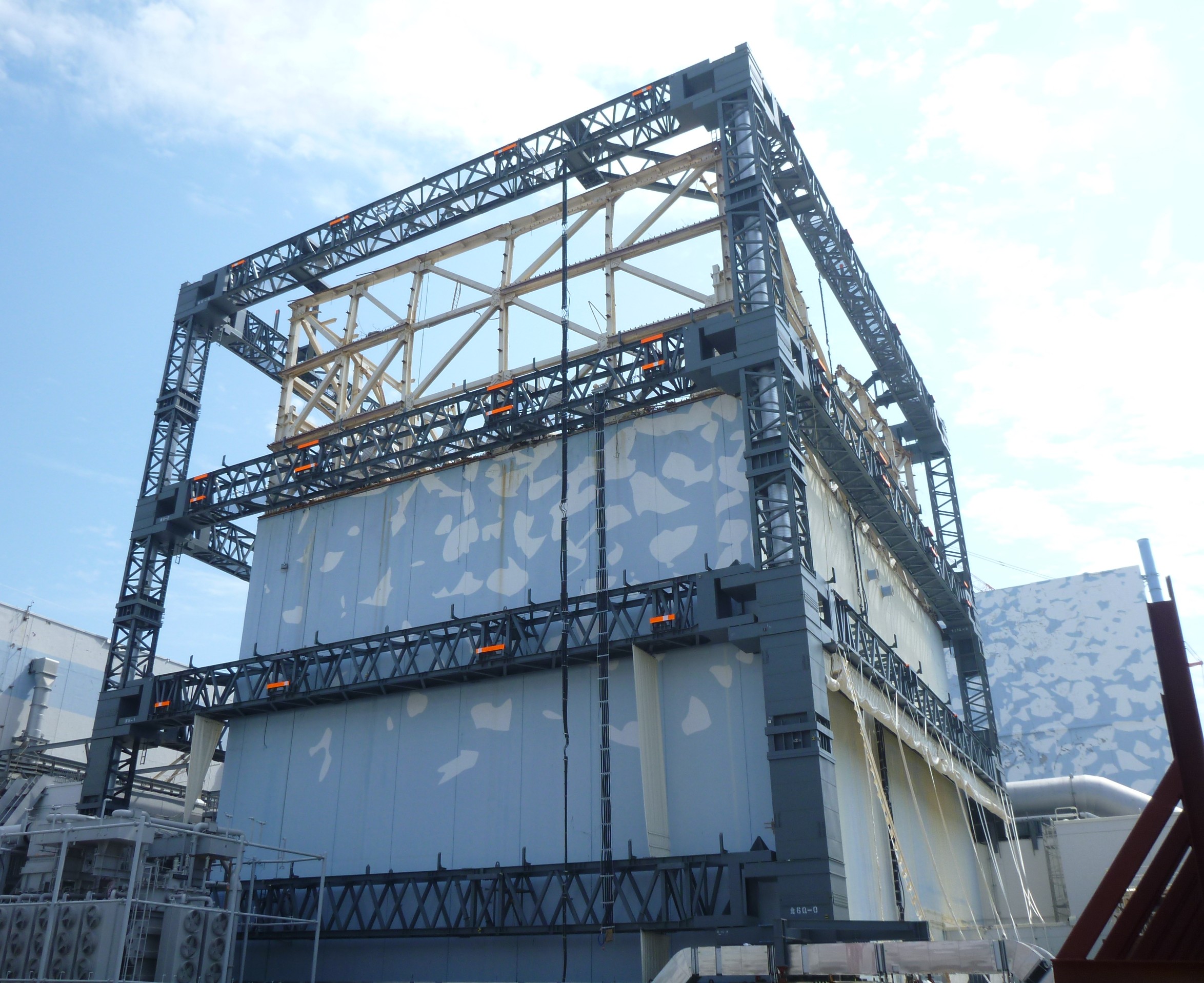Possible fission reaction detected at Fukushima


The Japanese nuclear disaster at Fukushima is no longer a leading headline, but the danger posed by the meltdowns hasn't entirely abated. Xenon gas, a byproduct of nuclear fission was detected in reactor two this week.
Tokyo Electric Power Company (TEPCO) responded by injecting boric acid - an agent that suppresses nuclear reactions - into the damaged reactor as a precaution. TEPCO stated that the reactor's temperature remains low, and that a stable shutdown will be possible later this year.
Japan's Atomic Energy Commission of the Cabinet Office last week issued a report for planning that it will take more than 30 years to safely decommission the reactions. TEPCO has already erected a protective steel sarcophagus around reactor number one.
Other developments include the revelation that the Fukushima plant discharged the highest volume of radiative material (cesium) into the ocean in history. The Institute for Radiological Protection, which is affiliated with the French government, found 20 times more radiation than TEPCO's public estimate.
Japanese authorities have likewise revised their estimates on Fukushima's airborne fallout: twice as much radiation was flowing into the atmosphere than was originally believed. Comparatively, it has expelled 40 percent the fallout of Chernobyl.
The government has responded by comprehensively monitoring rice crops (some rice has tested positive) for radioative contaminates, and suspended beef shipments from the Fukushima region during July. Advocates are calling for greater protections of children's' health.
The Japanese's government's radiation detection response had uncovered some surprising finds including long forgotten stashes of radiative paints (radium-226) and medical products. The paint was discovered under a floorboard in an elderly woman's apartment.
UPDATE: TEPCO now says the xenon gas was due to "rare form of radiative decay." The gas is sometimes detected at subterranean waste disposal sites.
Related on SmartPlanet:
What the NRC really knew about Fukushima
Nuclear meltdowns nearly made northern Japan uninhabitable
Do we need to worry about radiation in our milk?
Elevated radiation levels widespread in eastern Japan
Test show Japanese child exposed to radiation
Rice crops threatened by radiation
This post was originally published on Smartplanet.com